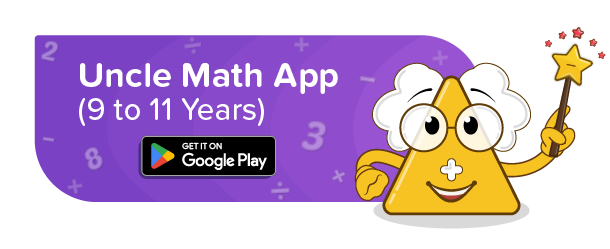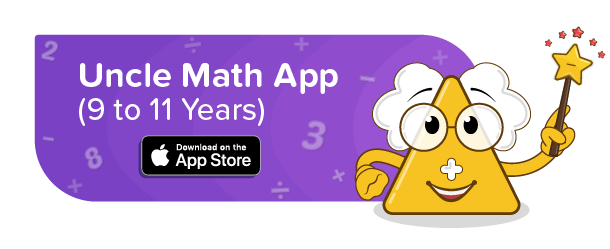Indian And International Systems Of Numbering

The most commonly used numeral system is the Hindu-Arabic numeral system. It originated in India, and it reached Europe through Arabic countries. Now it is used throughout the world. It is considered a positional base 10 system which means we use ten different symbols to indicate counting. These ten symbols are called digits and they are 0,1,2,3,4,5,6,7,8 and 9. The positional value of each digit in a number is explained with the help of a place value chart.
Based on the place value chart there are two types of number reading systems used: a) Indian Number System b) International Number System
Indian Number System:
In the Indian numeral system, we count with ones, tens, hundreds, thousands, ten thousand, lakhs, ten lakhs, and crores.
International Number System:
In the International numeral system, we count with ones, tens, hundreds, thousands, ten thousand, hundred thousand, million, ten million, hundred million, billion and so on.
Difference between Indian and International number systems:
| Indian Number system | International Number system |
| a) Nine places are grouped into four periods: ones, thousands, lakhs, and crores. b) Placement of commas here is after hundreds, thousands, lakhs, ten lakhs etc. Eg: 38,47,56,320 i.e 3 digit number split initially followed by 2 digits split later on. c) This system is used majorly in India and the Indian subcontinent. | a) Nine places are grouped into three periods: ones, thousands, and millions, and further into billion and so on. b) Placement of commas here is after units, thousands, millions, billions etc. Eg: 384,756,320 i.e 3 digit number split. c) This system is used worldwide. |
How to teach?
1. Teaching through stories:
– When Cirha Is Kidnapped
– Uncle Bad And The Search Operation
2. Teaching through activities:
a) Fun with numbers: Write a number on the board (probably a big one) and make chits that say the Indian system and the international system. Make students pick a chit and then write the given number in that particular number system. You could play this game with the entire class by dividing them into groups to add more fun. Make students give numbers to each other teams and have fun. A tiny twist could be having fake currency notes and giving that many notes to the team for every right answer. In the end, the team with the most money wins.




